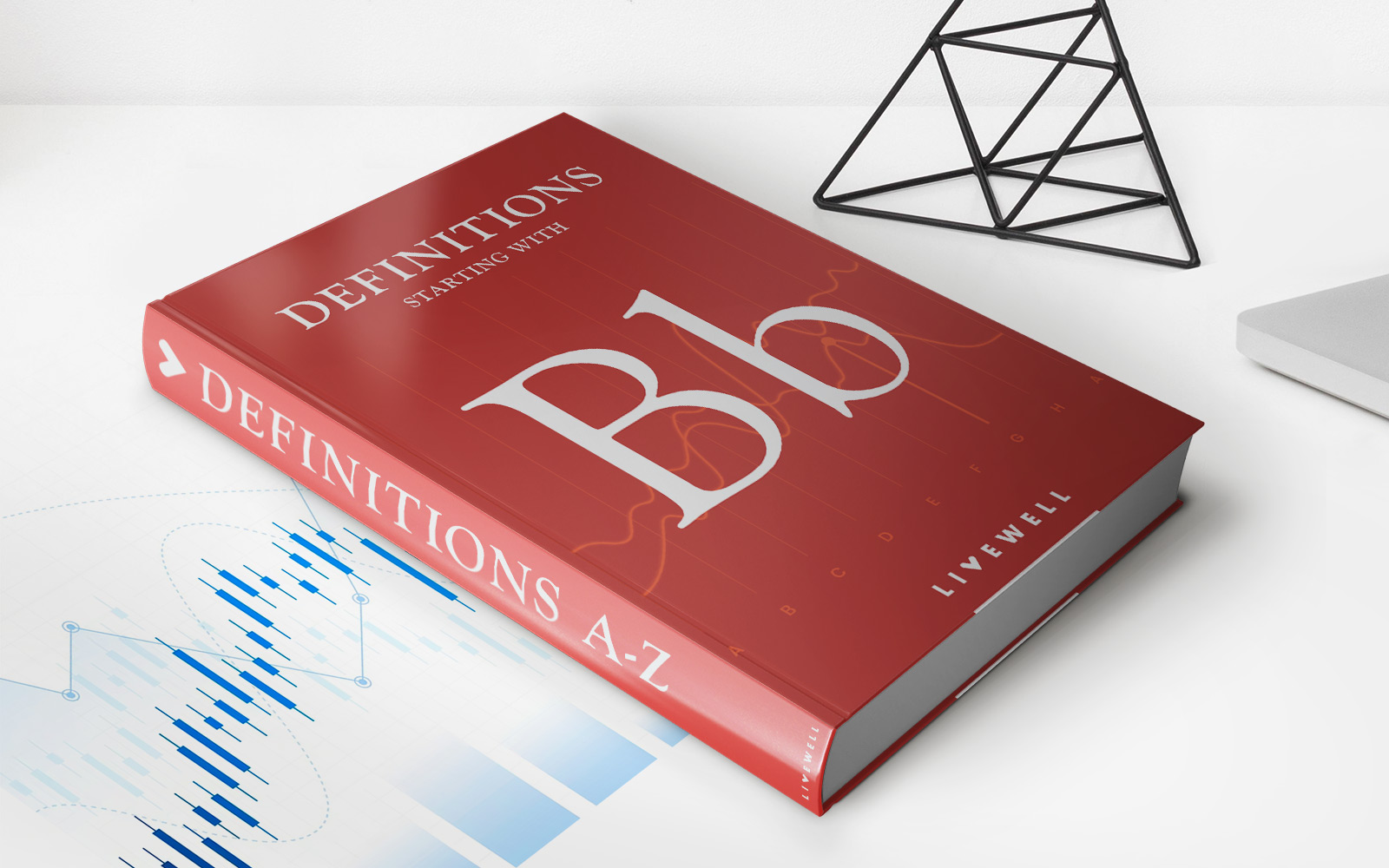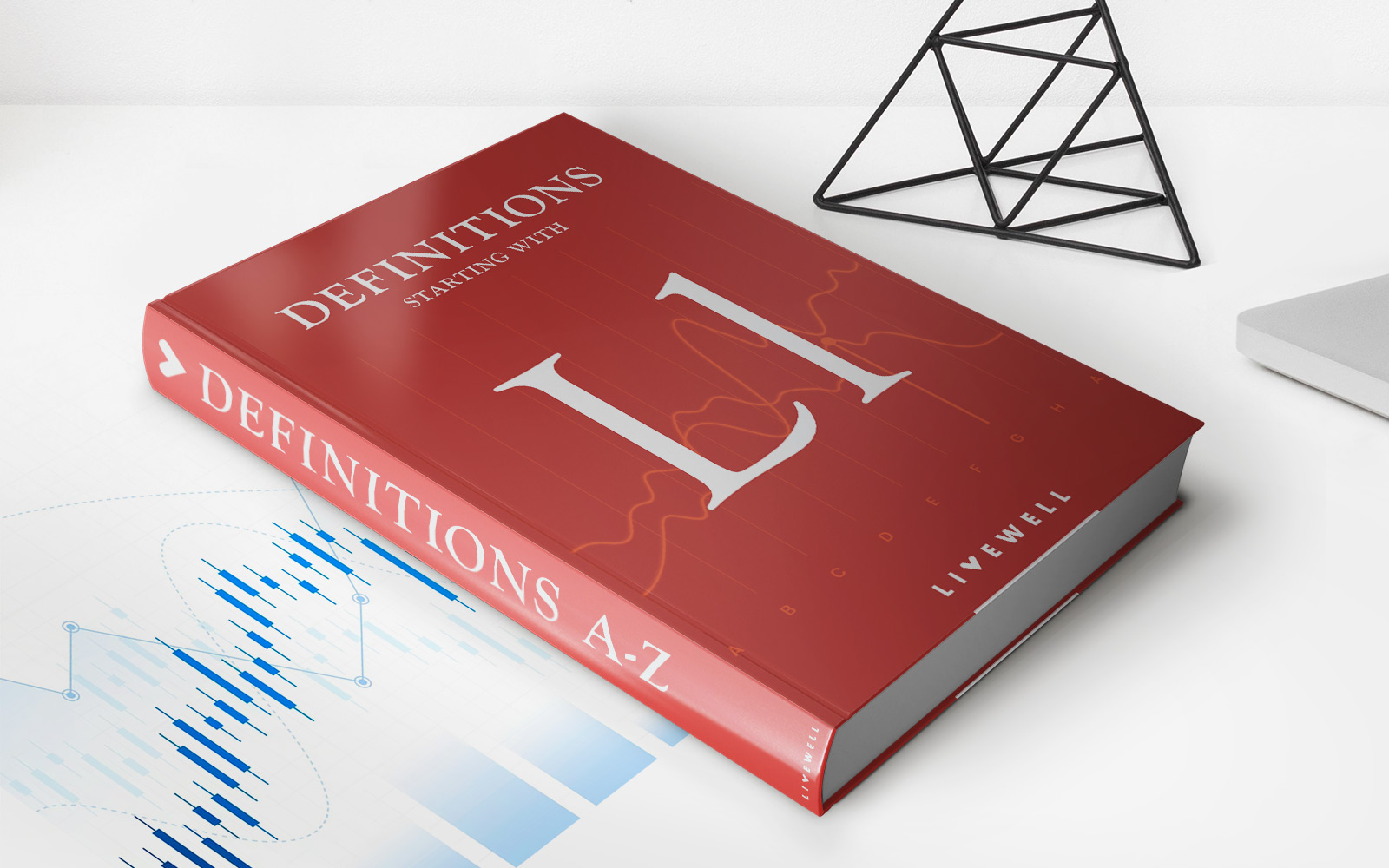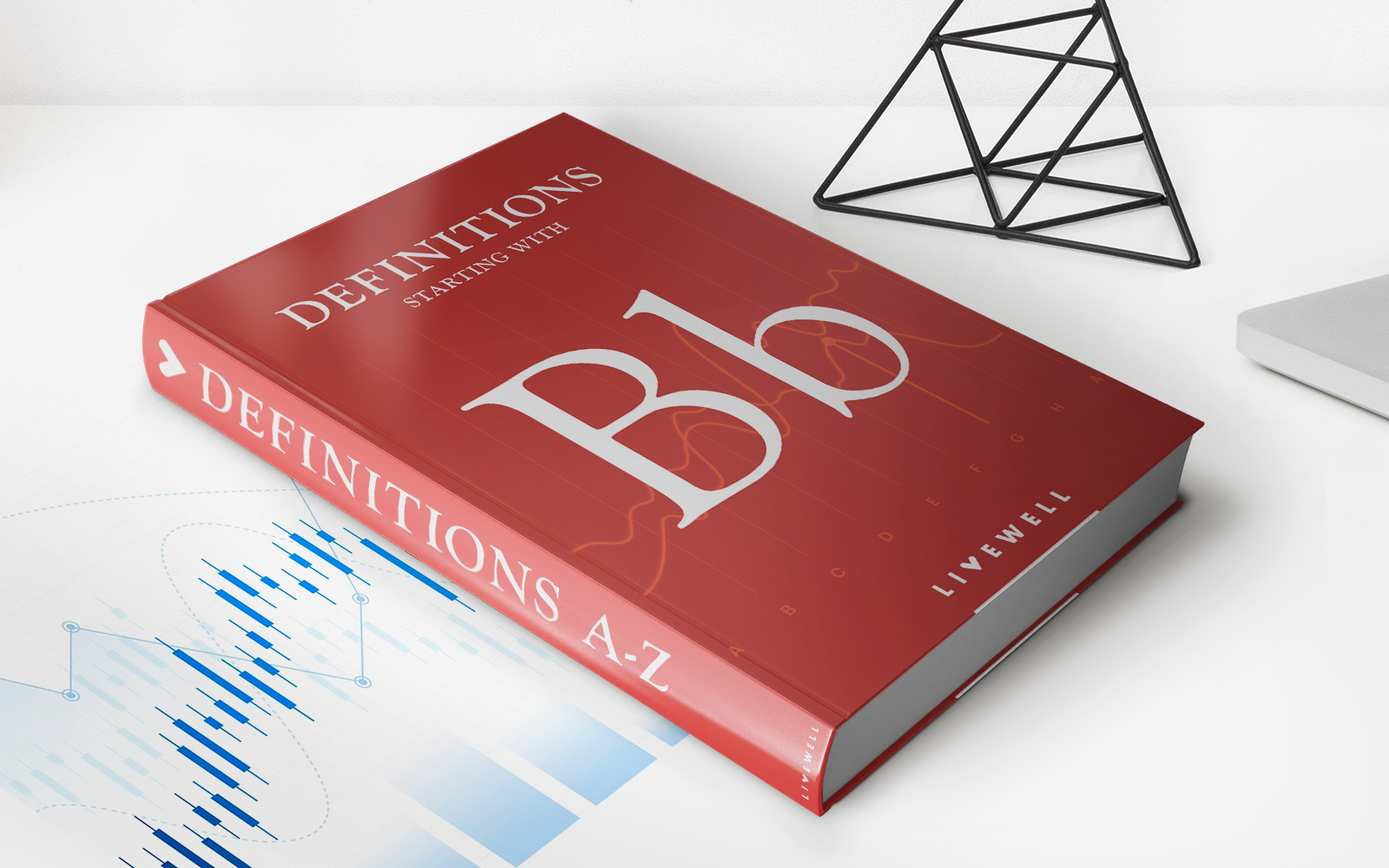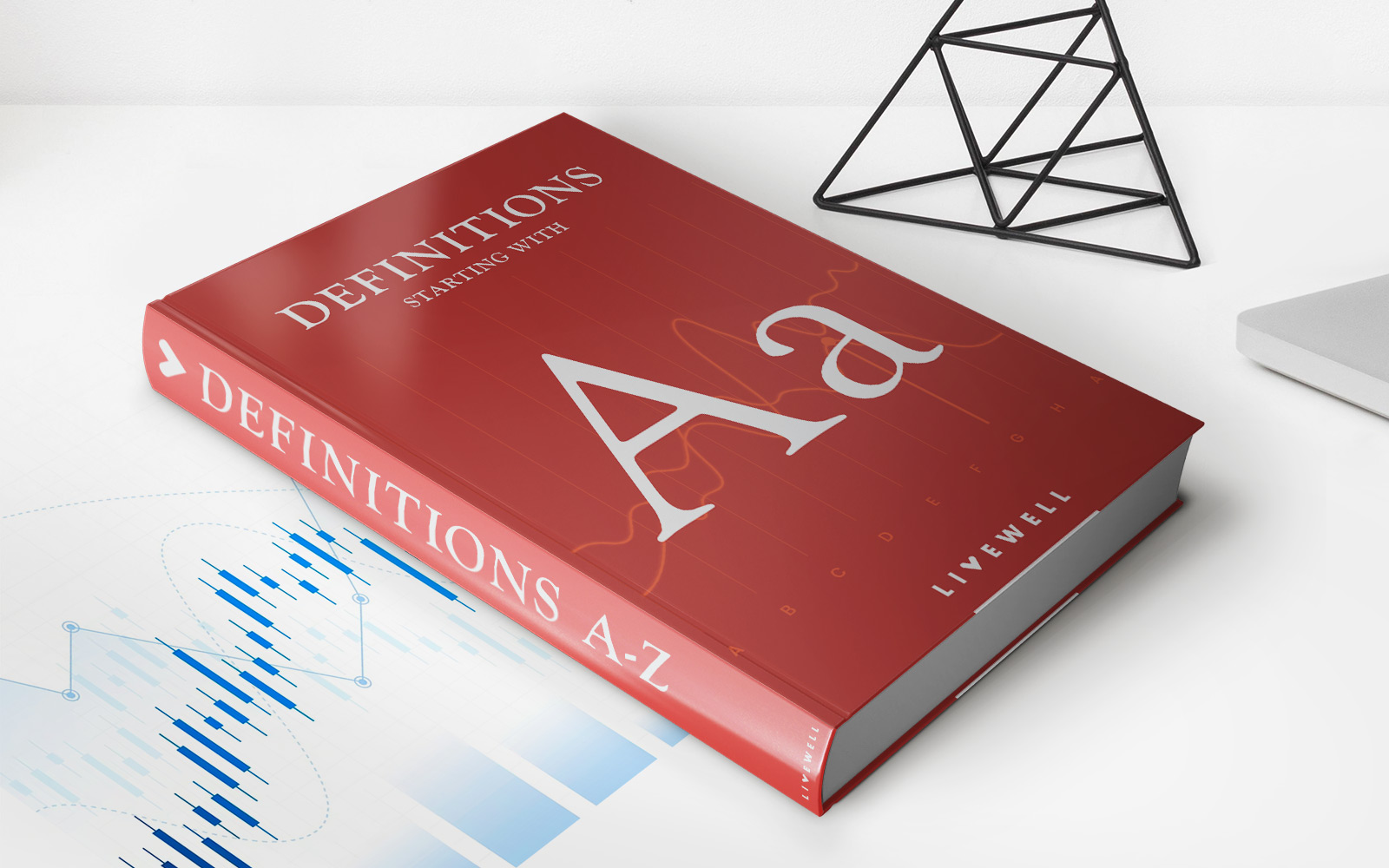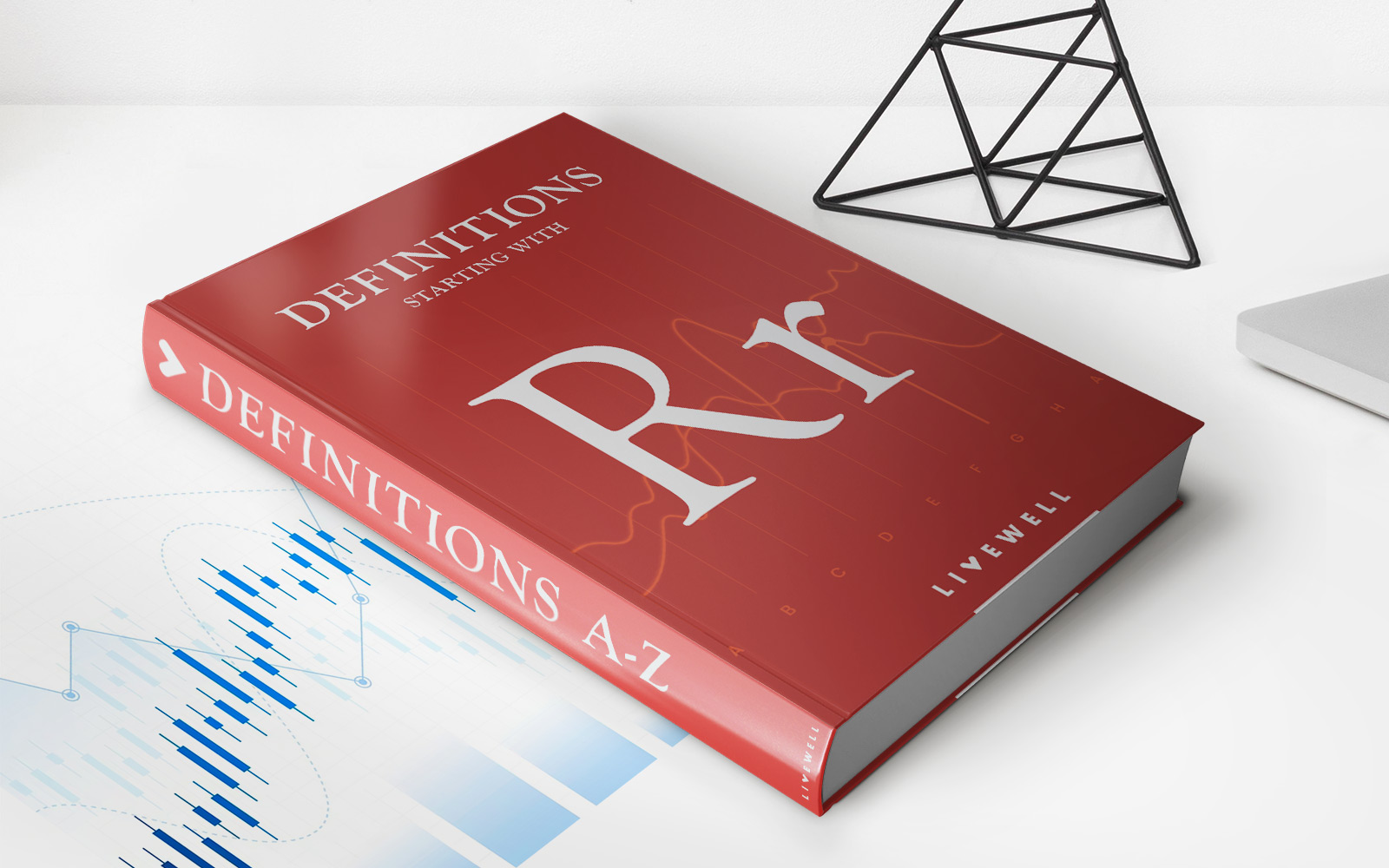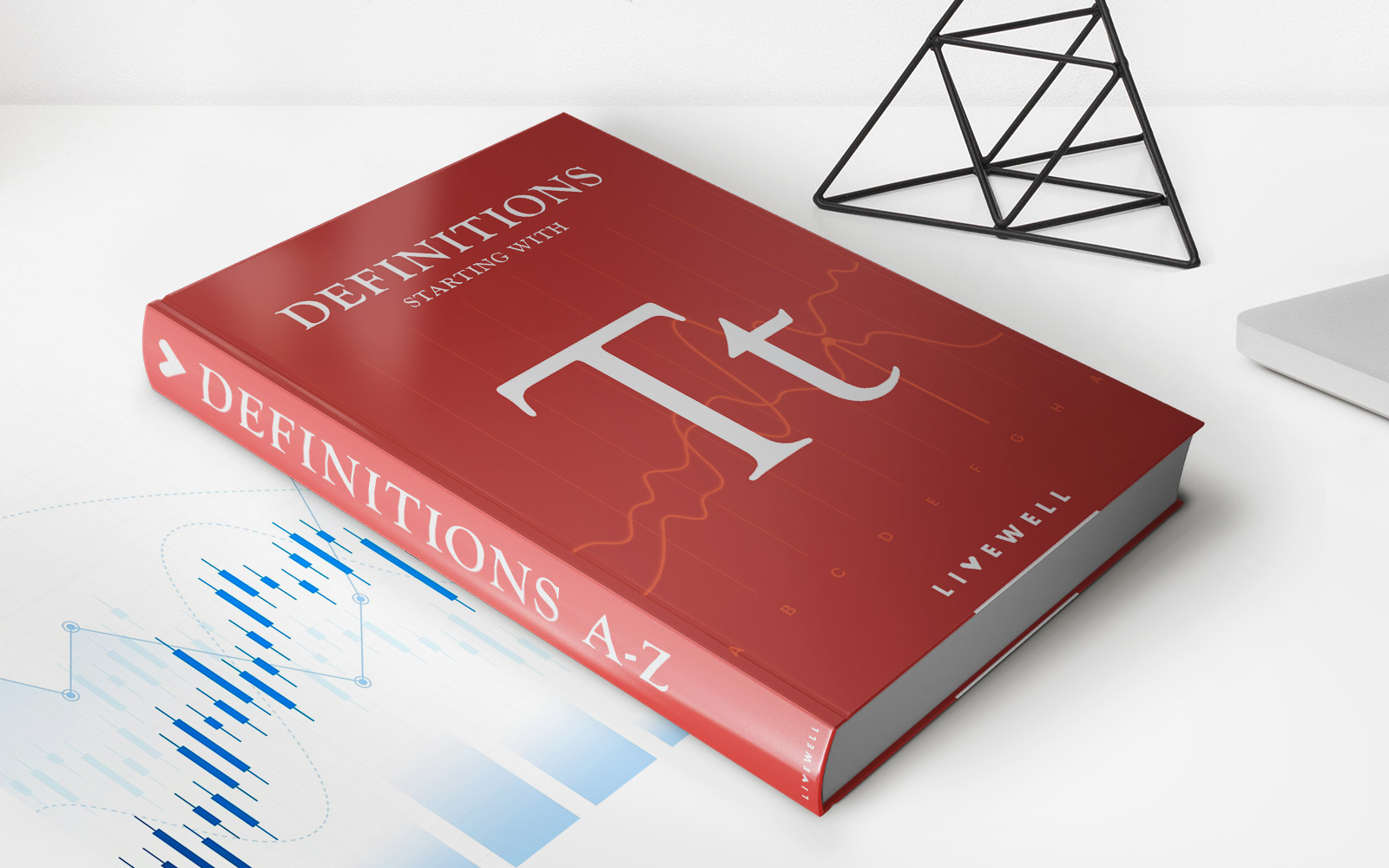Home>Finance>Bailee: Definition, Relationship To Bailor And Bailment, Examples
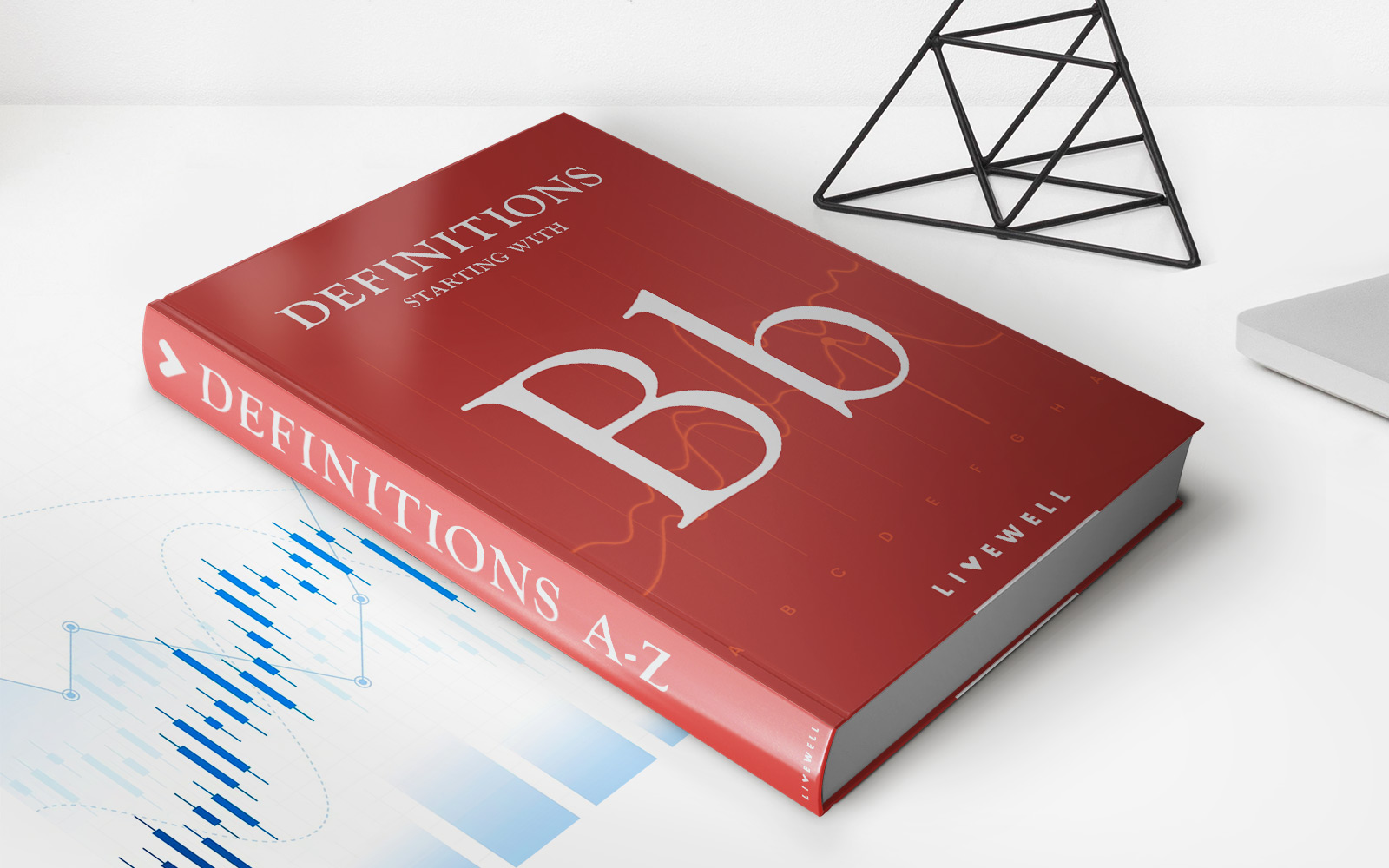

Finance
Bailee: Definition, Relationship To Bailor And Bailment, Examples
Published: October 12, 2023
Learn about Bailee, its definition, its relationship to Bailor and Bailment, and explore real-life examples. Discover how Bailee is related to finance.
(Many of the links in this article redirect to a specific reviewed product. Your purchase of these products through affiliate links helps to generate commission for LiveWell, at no extra cost. Learn more)
What is a Bailee?
If you’re looking to understand the concept of bailee in relation to finance and law, you’ve come to the right place. In this blog post, we will dive into the definition of bailee, its relationship to bailor and bailment, and provide you with some real-life examples to help you grasp the concept more easily.
Key Takeaways:
- A bailee is a person or entity who temporarily possesses someone else’s property for a specific purpose, while the bailor retains ownership.
- A bailee has the duty of care and must take reasonable steps to protect the property entrusted to them.
The Bailee-Bailor Relationship
Let’s start with the basics. In the world of finance, a bailee is someone who is entrusted with another person’s property, also known as the bailor, for a specific purpose or duration. The bailee, in this case, is responsible for the safekeeping and return of the property once the purpose has been fulfilled or the agreed-upon period has elapsed.
The relationship between the bailee and bailor is built on trust and a legal obligation. The bailor retains ownership of the property throughout the duration of the bailment, while the bailee assumes the responsibility of taking care of the property. This means that the bailee must exercise a standard of care to ensure the property is protected from damage, loss, theft, or any other harm that may occur while under their possession.
For instance, imagine you lend your car to a friend for a road trip while you are away. In this scenario, you are the bailor, and your friend is the bailee. Your friend must take reasonable steps to ensure the car is returned to you in the same condition, and any damage caused by their negligence or failure to exercise due care would be their responsibility.
Examples of Bailees
Bailees can be found in various industries and contexts. Here are a few examples to give you a better understanding of how bailees operate:
- Warehouses: Warehouses often act as bailees, storing goods on behalf of their customers. The warehouse is responsible for keeping the goods safe until the rightful owner requests their return.
- Dry Cleaners: When you drop off your clothes at a dry cleaner, they become the bailee. They have the responsibility to take care of your garments and ensure they are returned to you in good condition.
- Valet Parking: When you hand over your car keys to a valet attendant, they become the bailee. Their duty is to park and safeguard your vehicle until you reclaim it.
These examples highlight the different situations where bailees play a crucial role in providing a service while ensuring the safety and protection of someone else’s property.
In Summary
Bailees are individuals or entities entrusted with the temporary possession of someone else’s property. The bailee-bailor relationship hinges on trust, with the bailee assuming the duty to care for and protect the property while the bailor retains ownership. Remember, the bailee must take reasonable steps to safeguard the property and return it in the same condition as received.
To put it simply, bailees have a legal obligation to ensure the safekeeping and return of property entrusted to them by the bailor. So whether it’s a warehouse, valet parking service, or a dry cleaner, understanding the concept of bailee will help you grasp the responsibilities and expectations that come with entrusting your property to someone else.



